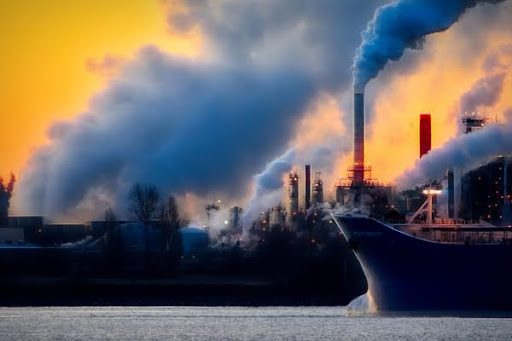
How Environmental Hazards Continue to Impact Public Health Today
Environmental hazards are not just global issues–they are local threats that affect neighborhoods, families, and individual health every day. From air pollution to toxic exposure, the risks associated with our environment are increasing as urban areas continue to expand. Communities near industrial zones or old buildings often face a higher chance of long-term health complications.
These issues are especially urgent in underserved areas that lack proper regulations or cleanup efforts. This post details the role of air and water contamination, toxins in the home and workplace, and more.
The Role of Air and Water Contamination
Air and water pollution are leading contributors to chronic diseases in many parts of the world today. Factories, vehicle emissions, and agricultural runoff introduce dangerous chemicals into the environment, harming humans and wildlife.
Contaminated water sources have been linked to cancer, reproductive problems, and neurological issues in vulnerable populations. Breathing in polluted air can also worsen conditions like asthma, bronchitis, and cardiovascular diseases.
Toxins in the Home and Workplace
Old buildings may still contain hazardous materials like asbestos, a known cause of severe respiratory diseases. Asbestos exposure is especially dangerous in occupations like construction, shipbuilding, and demolition, where fibers can easily be inhaled.
Asbestos causes diseases such as mesothelioma. Unfortunately, the mesothelioma survival rate remains low, partly due to late diagnoses caused by symptoms that appear years after exposure. Workers and residents in affected areas need proper safety measures and education to minimize long-term risk.
Disproportionate Effects on Marginalized Communities
Environmental dangers do not affect everyone equally. Low-income and minority groups often bear the brunt of toxic exposure. These communities are more likely to live near highways, factories, or waste sites with little access to clean resources.
Inadequate housing, poor healthcare, and limited political power contribute to ongoing health disparities. Solving these issues requires stronger advocacy and inclusive environmental policies to protect everyone fairly.
Climate Change and Emerging Health Threats
Global climate change is introducing new health risks that didn’t exist on this scale a few decades ago. Rising temperatures contribute to more frequent heatwaves, natural disasters, and vector-borne illnesses like malaria or Lyme disease.
In urban environments, heat islands and poor air quality worsen existing health problems, especially for the elderly. Climate-related events can also lead to stress, displacement, and mental health challenges in affected populations.
Prevention Through Policy and Public Awareness
Governments and organizations play a key role in identifying and addressing environmental health risks. There should be laws that limit emissions, regulate chemicals, and require clean-up of hazardous sites that are crucial to long-term public health. Public health campaigns help communities recognize risks and take preventative steps to protect themselves and loved ones.
Long-Term Health Monitoring and the Importance of Early Detection
Chronic exposure to environmental toxins often results in delayed symptoms, making early detection essential for effective treatment. Health issues caused by pollution or toxic materials can take years to appear, leading to poor health outcomes.
Regular health screenings in high-risk communities can help detect problems before they become severe or life-threatening. Access to early diagnosis tools and specialist care improves survival chances for those exposed to harmful environments.
Final Thoughts
Environmental hazards are more than an inconvenience, they are a serious public health challenge. Addressing them requires continued vigilance, strong leadership, and collective action from all levels of society. By prioritizing clean environments and equitable healthcare access, we can build a safer, healthier future for everyone.
Image by Chris_LeBoutillier from Pixabay


